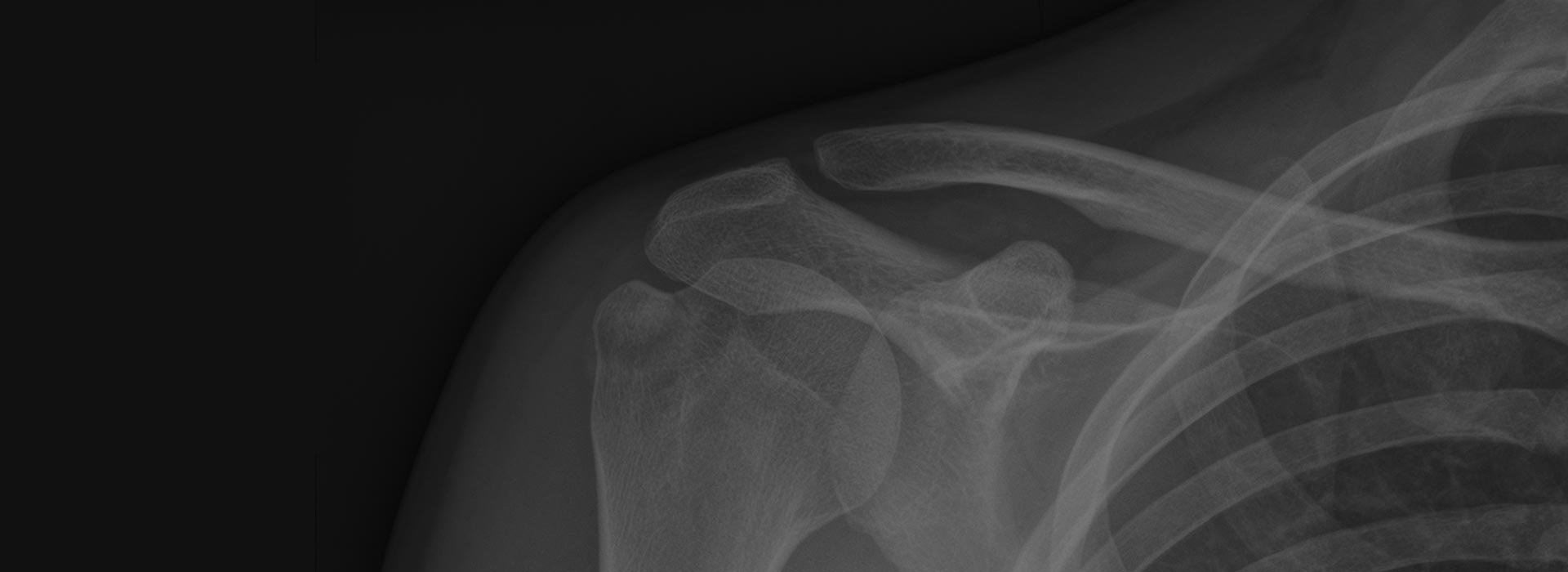FAQ’s
Shoulder and Elbow Orthopaedic Surgery
Please be aware that the following information is neither exhaustive, nor intended to represent or substitute medical advice. At SSRI we are aware “Dr Google” exists but do not advocate its use in place of qualified medical opinion. We strongly discourage you from attempting to self-diagnose in any way particularly by reading something on the internet. If you have ANY concerns regarding your shoulder or elbow, you should in the first instance speak with your GP who can assist you and refer you for specialist opinion as appropriate.

